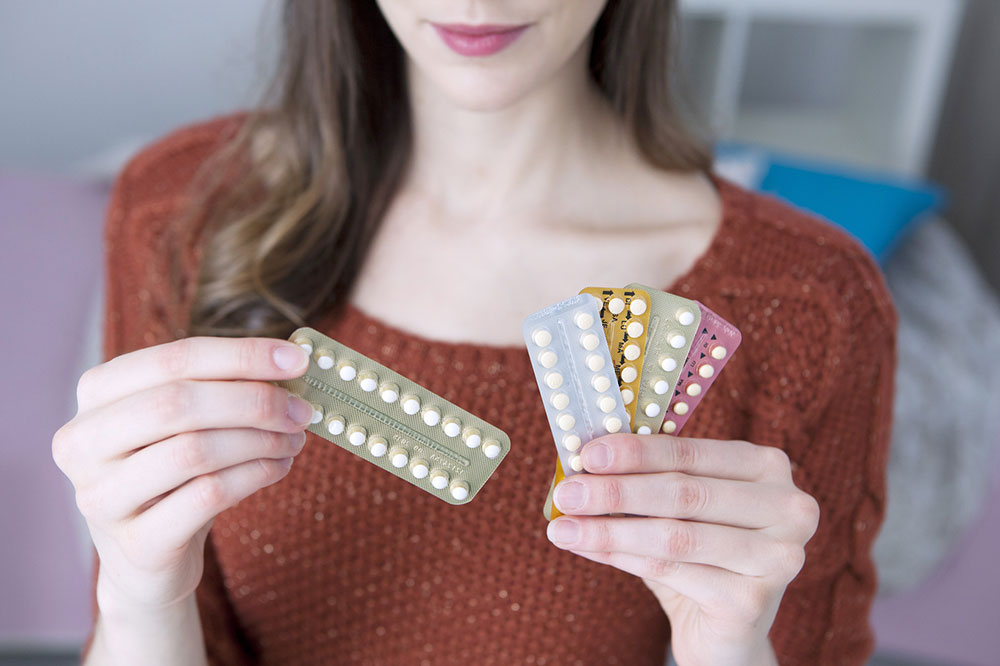
Common Methods of Contraception
The most common technique to prevent pregnancy is contraception. Certain methods of contraception also keep a person safe from sexually transmitted diseases. This article discusses the common methods of contraception.
Condoms
A common method of contraception that prevents pregnancy and keeps one protected against STDs is the condom. It is an easy and certainly a hormone-free method of contraception. Condoms are available for both men and women. The only downside of a condom is that it might come off or tear down during a sexual encounter. Some people can be sensitive to latex variants, so avoid it if it causes any infection.
Contraceptive pill
It’s a tablet that must be consumed once every day. One can find a plethora of contraceptive pills in the market, but one must opt for the one that suits them the best. There’s a choice between the mini-pill, which has a single hormone, typically progestin, and a combined pill, which has a combination of two hormones – progestin and estrogen. Though incredibly effective, it has just one downside; one should remember to take it every day. Also, it provides no prevention from STDs and can be consumed only by women.
IUD (Intrauterine Device)
It is a T-shaped compact device, which is made out of a material containing copper, plastic, or progesterone hormone. This device is fitted into the uterus of a woman by a qualified healthcare professional. IUD can stay where inserted for a period of three to ten years. It is a reversible method of contraception. The IUDs, which contain hormone are more effective than the copper IUDs. Unfortunately, IUD will not protect a person from an STD.
Contraceptive implant
Another common method of contraception is the implantation of the flexible rod under the skin of the upper arm of a woman. It is a compact rod that releases a small degree of progesterone hormone and prevents the ovary from producing eggs. Furthermore, the walls around the cervical mucus thicken, which makes it impossible for the sperm to make its way to the womb. This rod must be replaced every three years. This method, too, does not prevent STDs.
Contraceptive injection
It is an injection containing a synthetic variant of the progestogen hormone. It is injected either into the upper arm or the buttock of a woman. Following the injection, the hormone releases gradually into the blood. A common side effect of this injection is that it can lead to an irregular menstrual cycle. Moreover, it wouldn’t protect a person from STDs.
Emergency contraception pill
In case during sex, if no contraception was used, then an emergency pill helps to avoid pregnancy. This pill is also consumed when a condom breaks or tears down. It can be consumed for up to five days after having unprotected sex.


